Toyota Slashes Full-year Profit, Sales Outlook
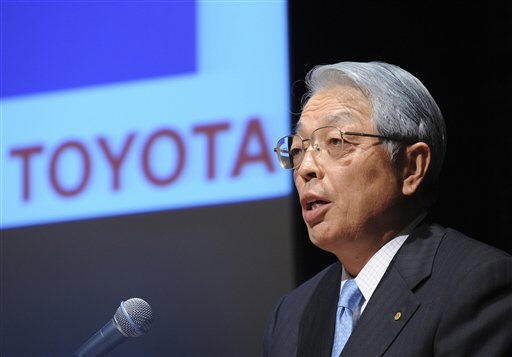 TOKYO — Toyota Motor Corp. on Friday sharply downgraded its earnings forecast for this fiscal year through March, blaming a strong yen and the massive flooding in Thailand.
TOKYO — Toyota Motor Corp. on Friday sharply downgraded its earnings forecast for this fiscal year through March, blaming a strong yen and the massive flooding in Thailand.
Japan’s biggest automaker expects to book a net profit of 180 billion yen ($2.3 billion), down 54 per cent from the 390 billion yen it projected in August. It estimates leaner revenue of 18.2 trillion yen ($234.36 billion) from 19 trillion yen.
Toyota expects to sell 7.38 million vehicles worldwide this year instead of 7.6 million it predicted four months ago.
The maker of the Camry and Corolla sedans is on track to lose its title as the world’s largest automaker this calendar year. Toyota sank to No. 3 in vehicle sales during the first six months, trailing U.S. rival General Motors Co. and Volkswagen AG of Germany.
Toyota held off from releasing new earnings forecasts when it announced its first-half earnings results last month, citing uncertainties from the Thai floods that disrupted parts supplies.
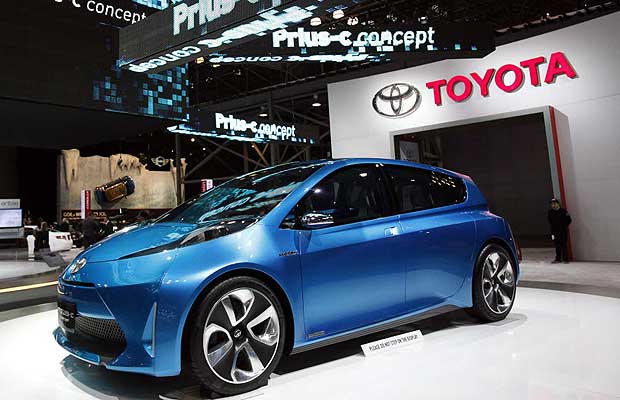 It’s been a rough year for Japanese carmakers, who were first hit with the earthquake and tsunami in March. They had largely rebounded from the disaster when they confronted the immense flooding in Thailand this autumn. Car production as far away as North America was scaled back as the creeping flood waters put suppliers out of action.
It’s been a rough year for Japanese carmakers, who were first hit with the earthquake and tsunami in March. They had largely rebounded from the disaster when they confronted the immense flooding in Thailand this autumn. Car production as far away as North America was scaled back as the creeping flood waters put suppliers out of action.
The flooding, which was Thailand’s worst in half a century, will result in an output loss of 230,000 vehicles, said Executive Vice-President Satoshi Ozawa at a news conference in Tokyo.
He told reporters the company had learned from its experience this year and that it would study ways to ensure that such unforeseen events “never again” lead to paralysis of supply chains.
But among Japan’s carmakers, Honda Motor Co. has been the worst hit by the floods. It has yet to release forecasts as a result.
Compounding the pain is a strong yen, which hit multiple historic highs against the dollar this year. With jitters about European and U.S. economies, global investors have turned to the yen as a relative safe haven.
For exporters like Toyota, a strong yen reduces the value of overseas profits when repatriated and makes Japanese products less competitive on prices in markets outside Japan. Exports are a key driver of economic growth in a country that faces a rapidly aging and shrinking population at home.
Japanese manufacturers, including car and high-tech makers, responded by shifting more production abroad — a trend that has government officials and the business community concerned about a hollowing out of Japanese industry.
“Because of the strong yen, the collapse of the foundation of Japanese manufacturing has begun,” Ozawa said.
Toyota’s new forecasts incorporate a 120 billion yen hit on operating profit from the Thai floods and another 190 billion yen from the negative impact of currency levels.
It now sees operating profit of 200 billion yen, compared with 450 billion yen in its August forecast.
The company lowered its foreign exchange assumptions to account for the yen’s appreciation over the last several months. It expects the yen to average 78 to the dollar this year, from 80 yen to the dollar in its previous estimate. It assumes 109 yen against the euro, down from 116 yen to the euro.


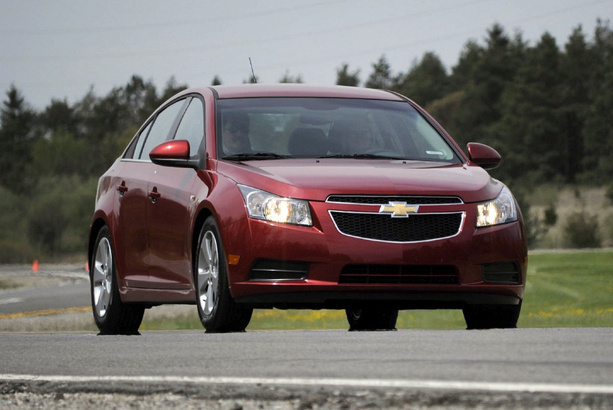 DETROIT, MI —The liquid solution that cools the Chevrolet Volt’s batteries is the likely cause of fires that broke out inside the electric car after government crash tests, a person briefed on the matter said.
DETROIT, MI —The liquid solution that cools the Chevrolet Volt’s batteries is the likely cause of fires that broke out inside the electric car after government crash tests, a person briefed on the matter said.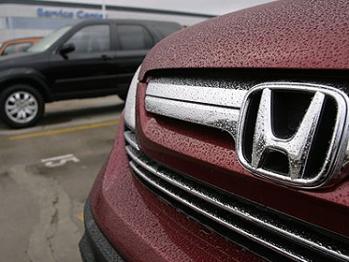 TOKYO – Honda Motor is recalling 304,000 vehicles globally for air-bags that may inflate with too much pressure in a crash, send metal and plastic pieces flying and cause injuries or deaths.
TOKYO – Honda Motor is recalling 304,000 vehicles globally for air-bags that may inflate with too much pressure in a crash, send metal and plastic pieces flying and cause injuries or deaths.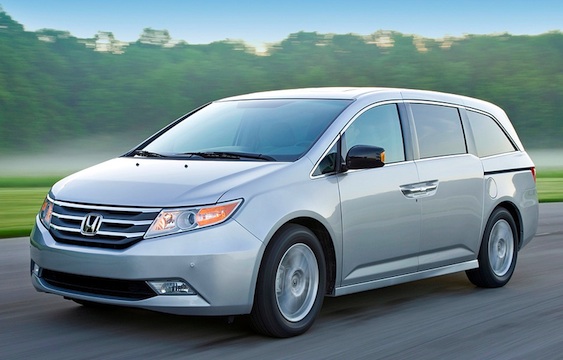 But that problem was found later to affect more vehicles than initially estimated, as incidents didn't stop happening, and the recall was expanded to account for the possibility that the problem was caused by a defective stamping machine used during production, he said.
But that problem was found later to affect more vehicles than initially estimated, as incidents didn't stop happening, and the recall was expanded to account for the possibility that the problem was caused by a defective stamping machine used during production, he said.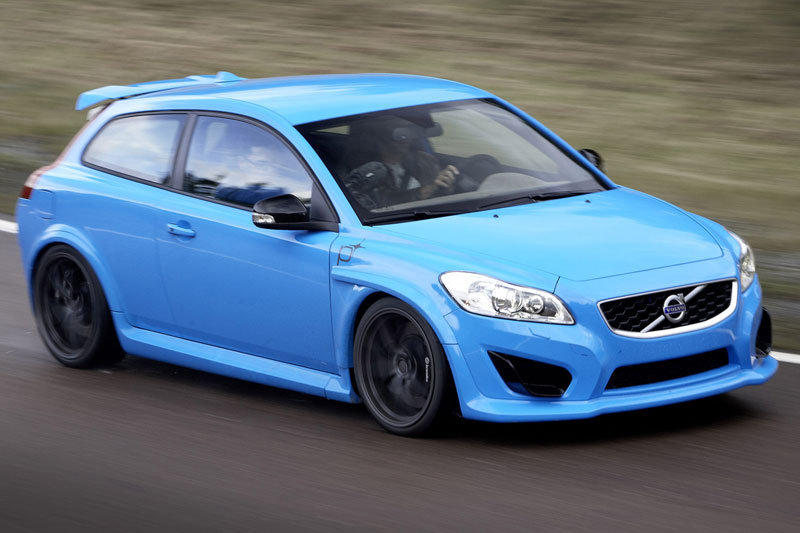 TORONTO, ON - Following the recent announcement of Polestar Performance packages available for selected vehicles equipped with the T5 engine, Volvo Cars of Canada is announcing a factory-authorized performance tuning software for additional models at Volvo retailers across the country. Volvo Car's official motorsport and performance partner, Polestar Performance has been developing optimized performance upgrades for Volvo since 1999.
TORONTO, ON - Following the recent announcement of Polestar Performance packages available for selected vehicles equipped with the T5 engine, Volvo Cars of Canada is announcing a factory-authorized performance tuning software for additional models at Volvo retailers across the country. Volvo Car's official motorsport and performance partner, Polestar Performance has been developing optimized performance upgrades for Volvo since 1999.